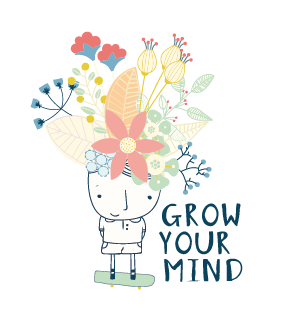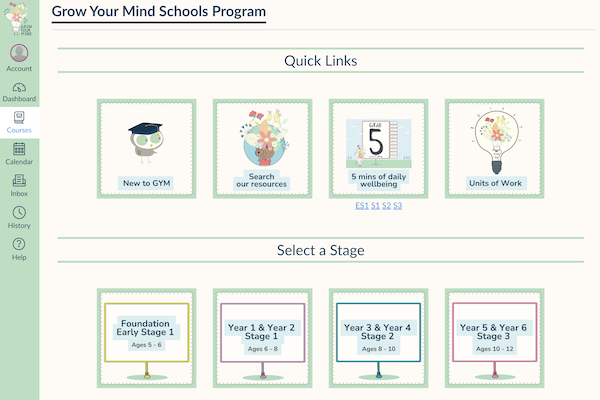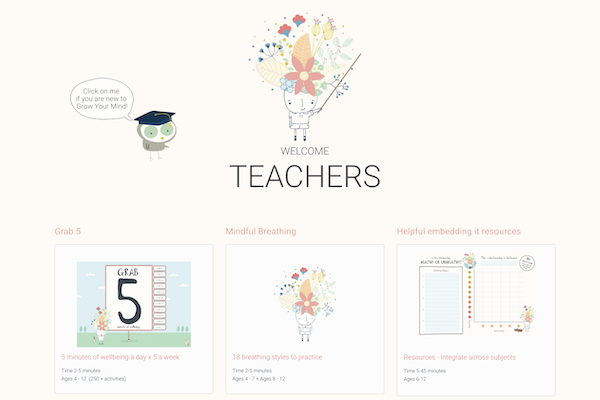Why wellbeing is so important and what resources exist to help build a wellbeing culture
Student wellbeing has always been a concern for many teachers, but the events of the past two years have pushed wellbeing to the top of the priority list.
Although we don’t expect to see the same level of disruptions to schools this year, there are still lingering anxieties, both directly and indirectly related to the pandemic, that will continue to impact wellbeing. Research already shows that Australian children are facing ‘generation defining disruptions’ due to the pandemic. Not to mention the other ongoing mental health concerns that existed pre-2020. Which means teachers can expect to see challenges with behaviour and achievement.
The link between student wellbeing and academic performance has been shown through countless studies. In fact, it’s so well established that in 2018 the Australian Government Department of Education introduced the Student Wellbeing Framework to support schools to promote wellbeing, safety and positive relationships so they can reach their full potential.
But at the same time, we’re seeing a huge push to reform classrooms and put a stop to our country’s declining academic performance. When the most recent PISA report was released in late 2019, we saw that the long-term downward trend had continued in reading, maths and science. Which reignited concerns that big changes were needed to get Australian students ‘back on track’.
At a time when one in seven young people (aged 4-17) experience a mental health condition in any given year, we’re also expected to increase our expectations on their academic abilities.
So it’s left to teachers to balance the wellbeing of their students, which they’re told is the foundation needed to support learning, and their academic performance which needs to improve to meet international standards. Piece of cake!
Where should our priorities lie?
If we take a look at the landscape of youth mental health in Australia right now, we’ll find it littered with troubling statistics.
In a 2020 headspace survey 74% of young people reported that their mental health was worse since the outbreak. 86% reported COVID-19 had a negative impact on either their mood, wellbeing or sleeping. And according to UNICEF almost half (47%) of the young people they spoke to said that COVID-19 had negatively impacted their levels of stress and anxiety.
While the rise in poor mental health related to the pandemic is concerning on its own, it is important to consider the pre-pandemic base from which we started. Australia’s young people were already experiencing high levels of mental health related problems.
According to Beyond Blue, almost 14% of young people met the criteria for a mental disorder diagnosis and one fifth experienced high or very high levels of psychological distress.
Australian students are also more anxious about schoolwork compared to the OECD average with females, indigenous students and those from low socio-econonmic backgrounds experiencing the highest levels of stress.
Given half of all the mental health conditions we experience throughout the course of our lives will have started by age 14, there’s a strong case for an increased focus on wellbeing and mental health in the classroom. And post-pandemic, there’s a lot of work to be done to support students with the complex and dynamic issues they’re facing now as well as long-term effects still to arise.
With so much work to be done to support student wellbeing, it should be a major focus for all schools in 2022 and beyond. Because if we don’t support wellbeing, we don’t support student learning. But what should this support actually look like?
Supporting student wellbeing without sacrificing teacher wellbeing
As previously mentioned, supporting student wellbeing at school isn’t new. Sometimes, teachers work with students with known mental health conditions and other times they’re undiagnosed or issues caused by ‘one-off’ events in the school yard. Despite the definition, teachers help students because caring is a huge part of their job. But this doesn’t mean they always feel equipped to do so.
When we talk about supporting student mental health, we’re not just talking about listening to problems, or referring to counselling services, or talking about mental health conditions in classrooms.
If schools want to truly support the wellbeing of students, they need to do so by building a wellbeing culture for the whole school. One that has shared responsibility between teachers, leaders, staff and students. One that focuses on educating and providing practical skills to help students take care of their own mental health. One that is woven into classroom norms as well as lessons so it becomes second nature. But importantly, one that also focuses on the teacher — because you can’t fill from an empty cup.
When wellbeing is thought of as a culture, when it’s incorporated into all that we do, we no longer see it as a competing priority. We don’t need to constantly segment our planning or class time into ‘wellbeing time’ versus ‘academic time’. Sure, there will be dedicated lessons but you won’t have to fit all of your wellbeing content into them, because the everyday practices embedded in the culture will play a big role in promoting positive wellbeing.
Let’s see it in action: An approach to wellbeing that is practical and works
Sounds impossible, right? Something that’s curriculum aligned, preferably with ready to go lessons and resources, but won’t require additional planning time (because there’s literally no time left for that). Oh, and it’s gotta work.
Well, you’ll be happy to read that 13,000 teachers from across Australia have found a resource that does all of this. Plus, it’s super easy to use and engaging for students.
It’s called Grow Your Mind. A positive mental health program designed for teachers, by teachers, that’s all about enhancing resilience and wellbeing. It’s based on four key pillars of research – positive psychology, public health, social and emotional learning and neuroscience.
The program is designed for pre and primary school aged children, educators and parents and works by establishing a foundational language of wellbeing across the whole school. The language links social and emotional education directly to the brain with a playful animal analogy that is developmentally appropriate for young students, but resonates with older students and adults too.
Teachers can also explicitly teach the program, embed it across literacy units or grab wellbeing activities that take less than 5 minutes when they need. These lessons bring together a range of wellbeing topics such as growth mindset, character strength education, gratitude, mindfulness, healthy relationships and emotional regulation and tie them back to basic neuroscience.
By giving them a language and narrative, Grow Your Mind is helping students understand how to take care of their mental health just like they would their physical health. And it’s working. 95% of students who do the program feel more confident to take care of their mental health.
But students aren’t the only ones to benefit. 90% of teachers also felt more confident to look after their mental health after attending a Grow Your Mind Teacher Wellbeing workshop.
We know student wellbeing is so important. And at the same time we know that the reality of teaching can leave us short of the time and expertise needed to fully support student wellbeing (and our own!). But by using a program that takes a whole-school approach like Grow Your Mind, wellbeing can become a shared priority. After all, 7 out of 7 students have mental health, so let’s help them take care of it. Because when we do, we’re helping them reach their full potential. And every student deserves that.


